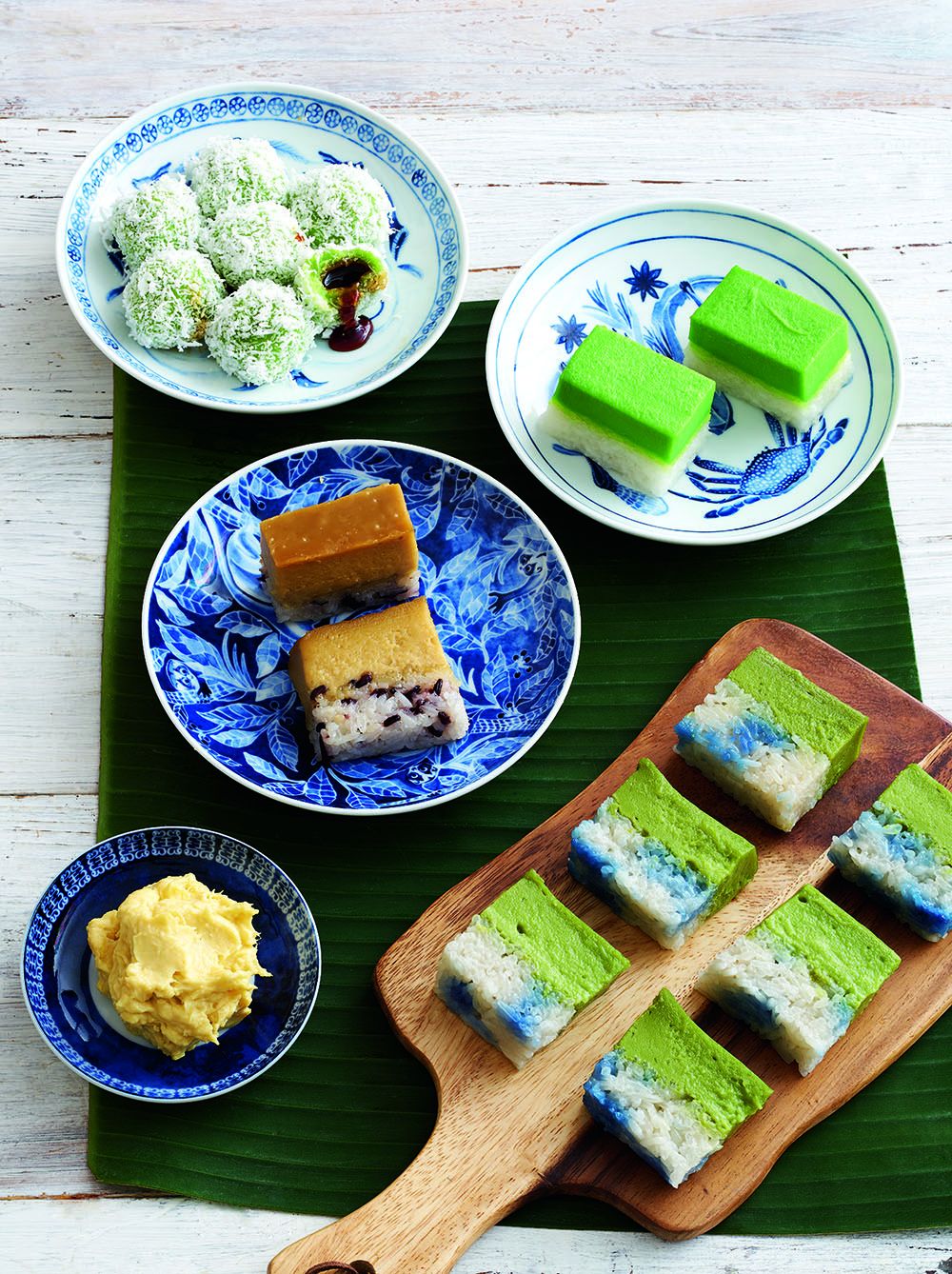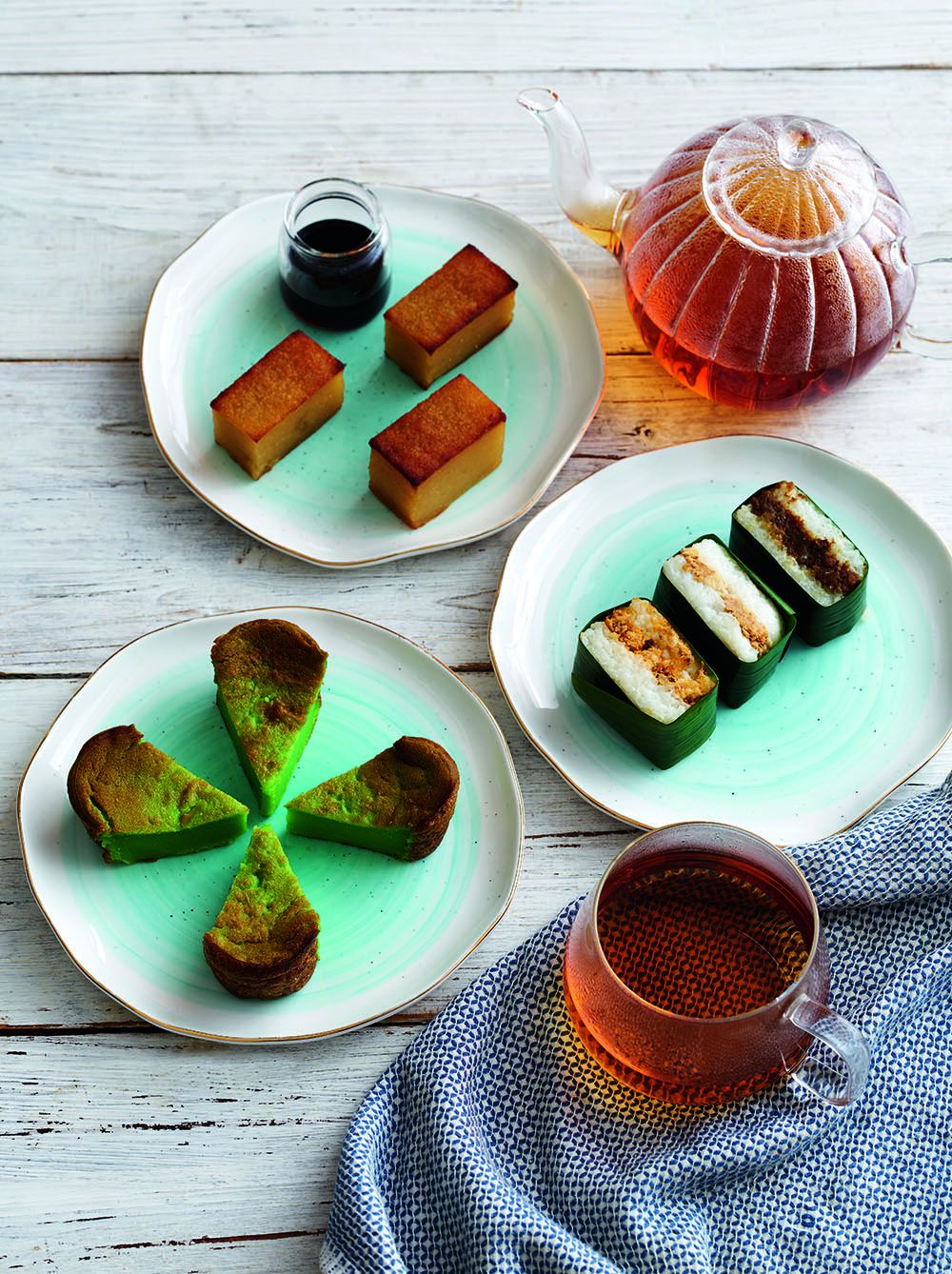Classic Southeast Asian treats in the form of local kueh such as Malay kueh talam and Nonya kueh salat, or Malay putu piring and Chinese kueh tutu, from across the cultures get a level up thanks to a new generation of kueh makers and chefs
The origins of kueh are difficult to trace. Their name means “cake” in Hokkien, yet they have been made by the Malays, Chinese, Peranakans and Eurasians for generations. Figuring out which kueh came first and from which culture it is from is akin to delving into that age-old question involving the chicken and the egg. Best to leave the speculation behind and enjoy these delicious and distinctly Southeast Asian delicacies instead.
Most kueh feature Malay, Chinese and Portuguese influences that speak of cultural crossovers between Malaya’s earliest natives and settlers. The singular thing we know for sure about kueh is its history of bringing families together, as they were traditionally made to mark important occasions such as weddings, religious festivals, and the turning of a new year.
Perhaps because of their inherently colourful, multicultural nature, kueh has, in recent times, come to be synonymous with Peranakan culture. The cultural cross-overs among the kueh-kueh of the Malays, Chinese and Peranakans are so blurred that the untrained eye or palate might find it difficult to discern the difference between the likes of Malay kueh talam and Nonya kueh salat, or Malay putu piring and Chinese kueh tutu.
Thus, it is important to reference the cultural histories of kueh and understand them in order to evolve them for more sophisticated palates in these modern times, as many restaurants and kueh makers are doing today.
RICH REWARDS
Kueh salat has received much attention in the last decade, thanks to a new generation of chefs and kueh makers, who have made it their mission to elevate this iconic Malay and Peranakan confection. A favourite at weddings in both cultures, the Malays call it putri (princess) salat or seri muka (pure or pretty face). Ever the maximalists, the Peranakans gild the proverbial lily with an indigo mar-bling of butterfly pea extract through the kueh’s base layer of glutinous rice.
The likes of Michelin-starred Peranakan restaurant Candlenut and online kueh purveyor Mrs Kueh have given the dessert an elegant spin in recent years. They have either used western pastry techniques to yield a light and unimpeachably smooth layer of kaya custard, or by riff-ing on the original with a gula melaka and purple glutinous rice variation served with rich dollops of quality durian flesh on the side.


